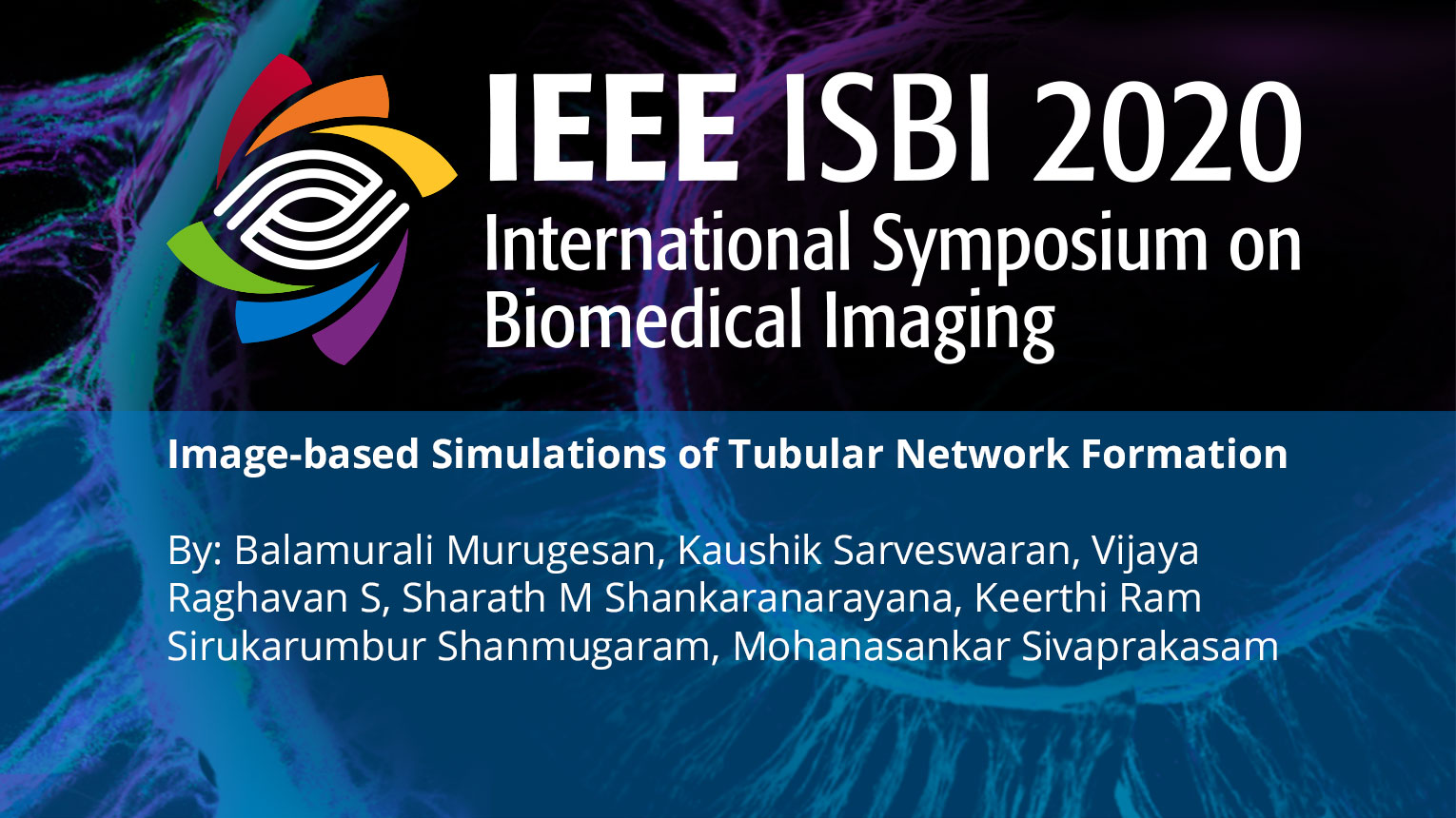
Already purchased this program?
Login to View
This video program is a part of the Premium package:
Image-based Simulations of Tubular Network Formation
- IEEE MemberUS $11.00
- Society MemberUS $0.00
- IEEE Student MemberUS $11.00
- Non-IEEE MemberUS $15.00
Image-based Simulations of Tubular Network Formation
The image-based simulations in biomedicine play an important role as the real image data are difficult to be fully and precisely annotated. An increasing capability of contemporary computers allows to model and simulate reasonably complicated structures and in the last years also the dynamic processes. In this paper, we introduce a complex 3D model that describes the structure and dynamics of the population of endothelial cells. The model is based on standard cellular Potts model. It describes the formation process of a complex tubular network of endothelial cells fully in 3D together with the simulation of the cell death called apoptosis. The generated network imitates the structure and behavior that can be observed in real phase-contrast microscopy. The generated image data may serve as a benchmark dataset for newly designed detection or tracking algorithms.
The image-based simulations in biomedicine play an important role as the real image data are difficult to be fully and precisely annotated. An increasing capability of contemporary computers allows to model and simulate reasonably complicated structures and in the last years also the dynamic processes. In this paper, we introduce a complex 3D model that describes the structure and dynamics of the population of endothelial cells. The model is based on standard cellular Potts model. It describes the formation process of a complex tubular network of endothelial cells fully in 3D together with the simulation of the cell death called apoptosis. The generated network imitates the structure and behavior that can be observed in real phase-contrast microscopy. The generated image data may serve as a benchmark dataset for newly designed detection or tracking algorithms.
 Cart
Cart Create Account
Create Account Sign In
Sign In





